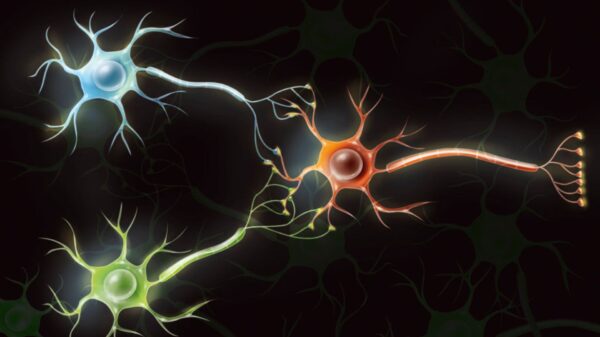Two recent research papers from the prestigious Mount Sinai Medical Center highlight significant molecular differences between brain tissue obtained from living individuals and that collected post-mortem. This groundbreaking work, part of the Living Brain Project, represents one of the most extensive investigations into the biology of the living human brain to date.
The findings challenge long-held assumptions about brain tissue analysis. Traditionally, studies have primarily focused on post-mortem samples, which have limited the understanding of living brain biology. The papers provide clear evidence that the molecular composition of brain tissue from living people is distinct. This crucial observation underscores the importance of studying living brains to gain insights into neurological conditions and brain function.
Significance of the Findings
Researchers at Mount Sinai utilized advanced techniques to analyze samples from both living and deceased individuals. By employing cutting-edge technologies, they were able to identify unique molecular signatures in the brain tissue from living subjects. This discovery opens new avenues for neurological research, particularly in developing targeted therapies for conditions such as Alzheimer’s disease and other neurodegenerative disorders.
The papers emphasize that the differences in molecular makeup have profound implications for understanding how the brain functions in real-time. While post-mortem studies have contributed invaluable knowledge, they cannot replicate the dynamic processes occurring in a living brain. As stated in one of the papers, “Studying living brain tissue allows for a more accurate representation of biological processes that contribute to health and disease.”
A New Era of Brain Research
This research marks a pivotal moment in neuroscience, as it may redefine the methodologies used in brain studies. The ability to analyze living brain tissues could lead to more effective diagnostics and treatment strategies, potentially improving outcomes for millions affected by neurological disorders worldwide.
The Living Brain Project, which aims to deepen the understanding of brain function through in vivo studies, is paving the way for future research initiatives. As this project moves forward, the emphasis on living brain tissue will likely influence both academic research and clinical practices.
The implications of these findings extend beyond academic interest; they hold the potential to enhance the quality of life for individuals with brain-related health issues. By establishing a clearer understanding of living brain biology, researchers hope to unlock new therapeutic possibilities.
In conclusion, the research from Mount Sinai not only uncovers vital differences in brain tissue but also emphasizes the necessity of studying living brains. As this field progresses, the insights gained may significantly alter the landscape of neuroscience and improve the treatment of neurological conditions.





































































